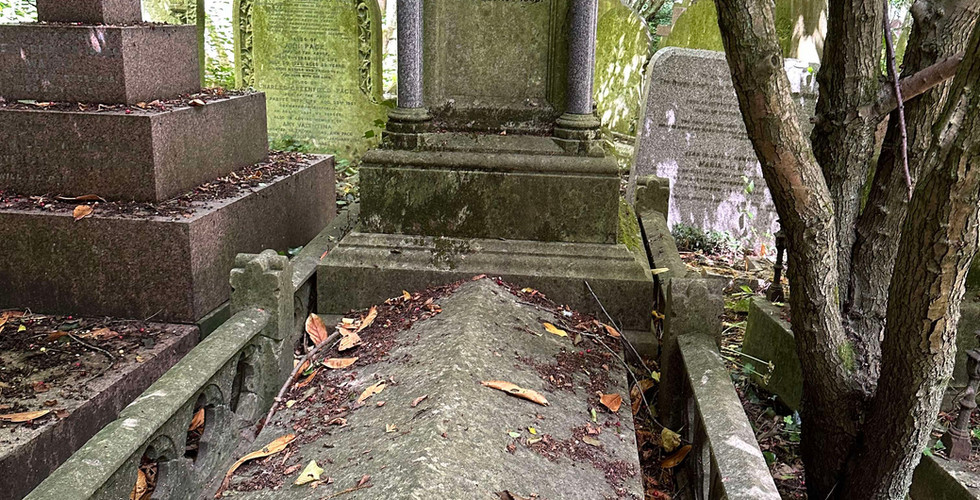The Evolution of Burial Practices: A Fascinating Journey
- B
- Feb 25
- 2 min read
Death is an inevitable part of life, and how we choose to dispose of our loved ones’ remains has varied significantly throughout history. From ancient civilizations to modern times, burial practices have been shaped by a complex array of factors, including cultural and religious beliefs, technological advancements, and environmental concerns.
Ancient Civilizations (3000 BCE- 500 CE)
In ancient Egypt, for instance, burial practices were intricately tied to the concept of an afterlife. Egyptians believed that preserving the body through mummification was essential for ensuring a successful transition into the afterlife (Taylor, 2016). The elaborate tombs and burial chambers constructed for pharaohs and other high-ranking officials were designed to provide a comfortable and familiar environment in the afterlife.
In contrast, ancient Greeks and Romans practiced both burial and cremation, often accompanied by elaborate funeral rites and offerings to the gods (Toynbee, 1996). The use of cremation was particularly prevalent among the Romans, who saw it as a way to honor the deceased and prevent the spread of disease.
Middle Ages (500- 1500 CE)
During the Middle Ages, Christian burial practices became widespread in Europe. The Catholic Church emphasized the importance of burial on consecrated ground, and elaborate funeral rituals became common (Daniel, 1997). This period also saw the rise of charnel houses and ossuaries, used to store the remains of the deceased.
Modern Era (1500- 2000 CE)
The Industrial Revolution brought significant changes to burial practices. Urbanization led to the development of large public cemeteries, while advances in transportation enabled the growth of the funeral industry (Farrell, 1980). Embalming became a common practice, and funeral homes began to offer a range of services, including viewings and memorial ceremonies.
Contemporary Era (2000 CE- Present)
In recent years, there has been a shift towards more personalized and environmentally friendly burial practices. The rise of green burial, which emphasizes biodegradable materials and natural burial sites, has gained popularity (Harris, 2007). Cremation rates have also increased, with many opting for scattering or keeping ashes in urns.
The growth of online platforms and social media has also transformed the way we approach death and mourning. Virtual memorials and online tributes have become increasingly popular, allowing people to share their grief and celebrate the lives of loved ones in a more public and communal way.
Conclusion
The evolution of burial practices reflects human culture's dynamic and ever-changing nature. From ancient rituals to modern innovations, our approach to death and dying has been shaped by technological advancements, societal values, and personal preferences. As we move forward, it will be interesting to see how burial practices continue to adapt and evolve in response to changing environmental, social, and cultural contexts.
Until next time,
B!
















Comments